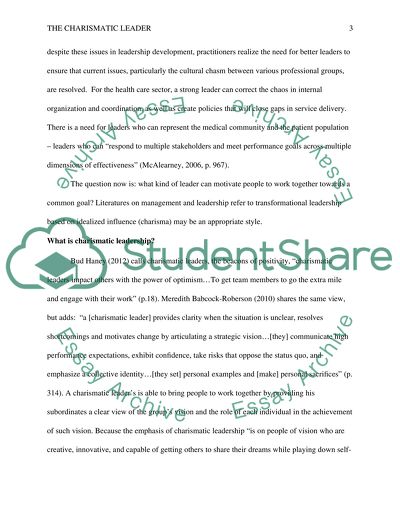Cite this document
(“Analysis of leadership in a healthcare organization Term Paper”, n.d.)
Retrieved from https://studentshare.org/nursing/1470084-analysis-of-leadership-in-a-healthcare
Retrieved from https://studentshare.org/nursing/1470084-analysis-of-leadership-in-a-healthcare
(Analysis of Leadership in a Healthcare Organization Term Paper)
https://studentshare.org/nursing/1470084-analysis-of-leadership-in-a-healthcare.
https://studentshare.org/nursing/1470084-analysis-of-leadership-in-a-healthcare.
“Analysis of Leadership in a Healthcare Organization Term Paper”, n.d. https://studentshare.org/nursing/1470084-analysis-of-leadership-in-a-healthcare.


